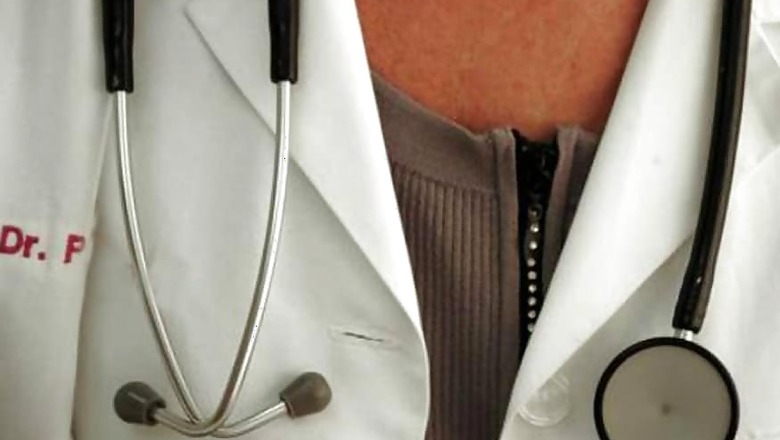
views
A stroke occurs when blood supply to a part of the brain is disrupted or reduced. This is a cerebrovascular accident and can have an impact on how your brain functions - which means it can impact mobility and function in the entire body.
This is the reason why understanding the early signs of a stroke and access to immediate medical attention play a huge role in saving patients’ lives after a stroke. In the first part of this series, we discussed the common symptoms of stroke and how to identify them. But, in the case of women, these signs and symptoms can be very different.Why do women have a different stroke experience?
Many studies have shown that not only do women experience some unique signs and symptoms of a stroke but also that they are more likely to experience delays in getting medical attention because of this.
A study published in Current Cardiology Reports in 2010 reveals that although men are more likely to have strokes, women have a greater lifetime risk of stroke, especially after the age of 85 years. Women also tend to have a slower recovery after a stroke than men. This is because of many aspects like sex-specific comorbidities that women might suffer, lack of aggressive treatment, a lower rate of prevention therapies, differing degrees of social support and higher rates of depression.
It’s therefore very important for scientists to investigate the gendered differences in stroke symptoms, incidence, care, treatment and outcomes to improve the recovery of female stroke patients.Unique symptoms of stroke
There are a number of unique symptoms of a stroke that women experience, and because they are so different from the usual warning signs it sometimes becomes more difficult to recognise them and speed up the process of getting treatment. The following are the symptoms noted uniquely among female patients:
- General weakness or fatigue
- Loss of consciousness
- Nausea and/or vomiting
- Seizures
- Pain
- Trouble breathing
- Hiccups
If you’re a woman and experience these symptoms or a woman near you exhibits such symptoms, you should call emergency health services immediately. Whether what you’re experiencing is a stroke or not can be assessed by medical professionals and paramedics. It’s better to be safe than sorry - especially when it comes to a sudden-onset condition which can impact the rest of your life.This is the second part in a series on early stroke symptoms. For more information, read our articles on Women’s Health.Health articles on News18 are written by myUpchar.com, India’s first and biggest resource for verified medical information. At myUpchar, researchers and journalists work with doctors to bring you information on all things health.











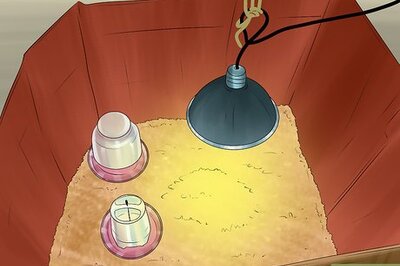
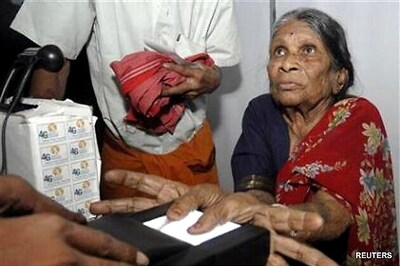




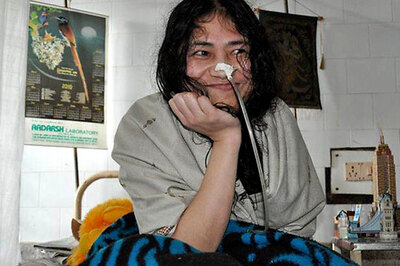
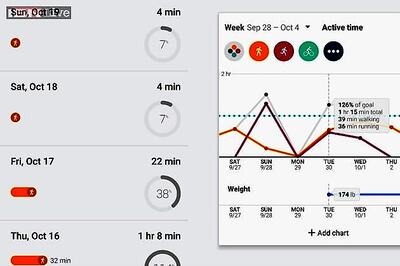

Comments
0 comment